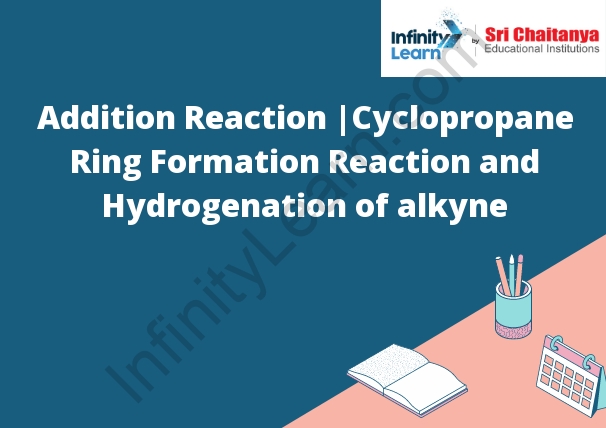Table of Contents
Electrophilic Addition Reaction and Markovnikov’s rule
An electrophilic addition reaction is a chemical reaction in which two molecules join together by the addition of an electrophile to a double bond. However the electrophile is a molecule that attracted to the electron-rich double bond.
Markovnikov’s rule
- Markovnikov’s rule states that in an electrophilic addition reaction, the electrophile will add to the carbon atom that has more hydrogen atoms attached to it. This rule named after Russian chemist Vladimir Markovnikov, who first proposed it in 1869.
- In an addition reaction, two molecules collide and join together to form a new molecule. This process is also known as a molecular reaction. For example, when two hydrogen atoms collide, they join together to form a molecule of hydrogen gas.
- In more complicated cases, the two molecules may be different types of atoms or molecules. For example, when a molecule of hydrogen gas collides with a molecule of oxygen gas, they join together to form a molecule of water.
- In an additional reaction, the two molecules must collide in order to join together. If the molecules do not collide, then the reaction will not occur. This is why addition reactions only occur at very high temperatures or under very high pressures.
Introduction
- Inorganic chemistry, addition reactions are those in which two or more molecules join together to form a larger molecule.
- The cyclopropane ring formation reaction is a type of addition reaction in which a molecule of carbon monoxide added to an alkyne to form a cyclopropane ring. This reaction shown in equation 1.
- Therefore the hydrogenation of alkyne is a type of addition reaction in which a molecule of hydrogen added to an alkyne to form a hydrocarbon. This reaction shown in equation 2.
- The purpose of this essay is to discuss the mechanisms of the cyclopropane ring formation reaction and the hydrogenation of alkyne. We will also discuss the factors that affect the rates of these reactions.

The Mechanism of the Cyclopropane Ring Formation Reaction
- The first step in this reaction is the formation of a carbonyl intermediate. This intermediate formed by the addition of carbon monoxide to the alkyne. The carbonyl intermediate then converted to the cyclopropane ring by the elimination of water.
- The mechanism of this reaction is similar to the mechanism of the carbonyl addition reaction. In the carbonyl addition reaction, carbon monoxide added to a carbonyl compound to form a carbonyl intermediate. The carbonyl intermediate then converted to the desired product by the elimination of water.
- factors that affect rate of the cyclopropane ring formation reaction are same that affect the rate of carbonyl addition reaction.
The Mechanism of the Hydrogenation of Alkyne
The mechanism of the hydrogenation of alkynes can be divided into two phases: the adsorption of alkynes and the reduction of alkynes. The adsorption of alkynes is the first step of the process, where the alkyne molecules adsorbed on the surface of the metal catalyst. Therefore the reduction of alkynes the second step of the process, where the alkyne molecules reduced to alkanes. The mechanism of the hydrogenation of alkynes believed to involve both of these steps.






